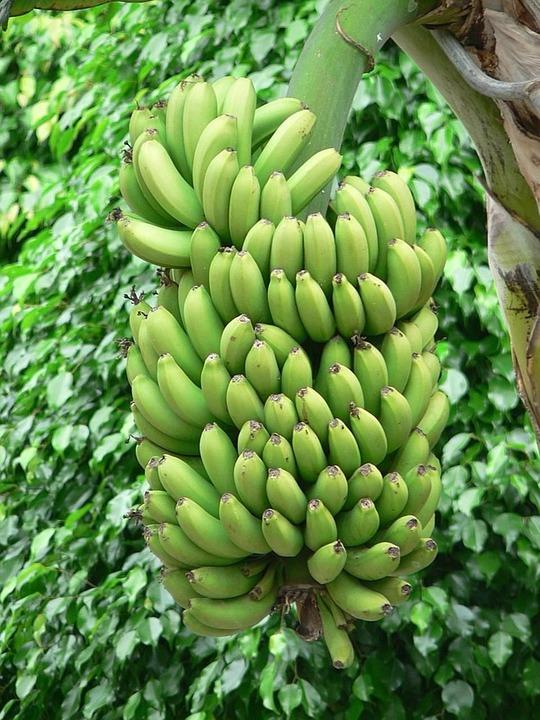Bananapocalypse
Have you noticed how artificial banana flavoring and actual bananas vary in taste? It is possible that 50 years ago, Americans enjoyed a totally different type of banana. It was larger, tastier, and required less artificial ripening. That banana was called the Gros Michel. It was the world’s most prominent banana export up until 1965. However, the Gros Michel banana went extinct in 1965 due to Panama disease.
The Panama disease is a fungal disease caused by the fungus Fusarium. This fungus is a soil pathogen, meaning that the roots become infected first and then the rest of the plant becomes infected through the plant’s vascular system, eventually killing the plant. The fungus also releases spores into the soil, which can remain undetected in the soil for decades. Once the soil is contaminated, it is no longer usable for growing banana plants. Unfortunately, this disease cannot be treated or cured. The Panama disease wreaked havoc on plantations all over South America and Africa. Existing plantations were abandoned, and hopeful plantation owners started new plantations with the hopes of avoiding the deadly disease. Due to the nature of the disease and lack of proper sanitation, the disease can spread even more. Once the Gros Michel was declared extinct, plantation owners looked for a new, alternative species of banana that would be immune to the Panama disease.
After searching for a banana to replace the Gros Michel, plantation owners settled for the Cavendish. This is the most popular banana today. The Cavendish was reportedly inferior in size and flavor to the Gros Michel. It also was not as durable and bruised much easier. However, the Cavendish was immune to the fungal disease which plagued its predecessor, so the plantations kept this species of the crop.
After being adopted by almost all banana producers for its immunity, the Cavendish is now the most produced banana today. But even the Cavendish is no longer safe against the Panama disease. Since the 1990s, a new strain of the Fusarium fungus has been spreading throughout South America and Africa and destroying plantations. Unfortunately, the Cavendish is so mass produced that every banana is genetically identical. That’s right, that banana you’re eating right now is a clone. This lack of genetic diversity is what makes the Cavendish vulnerable to the new strain of Panama disease. If one became infected, they all would.
Growers have become increasingly worried about this possible problem, and have been pushing to find another strain of banana to replace the Cavendish. But time is running out for these banana farmers. If they fail to increase banana diversity, they risk losing everything. This new strain of the fungal disease is spreading fast, and almost all continents have the presence of the Fusarium fungus. Hopefully with increased efforts to diversify the banana production from the Cavendish, we will be able to continue enjoying bananas. If we cannot find a solution before the time runs out, bananas as we know them may become extinct altogether.

Hi, I am Anna Cloonan. I am currently a sophomore here at AAHS. I am a Junior Photography Editor for the Jetstream Journal. I moved to Colorado Springs...









kate danis • Jan 17, 2017 at 12:34 pm
This is a very interesting article!
Amber Musselman • Jan 17, 2017 at 12:07 pm
wow! good thing I don’t like bananas. great article
Avery Rodny • Jan 17, 2017 at 11:59 am
This is scary, I love Bananas!!!!
Joseph Cordaro • Jan 17, 2017 at 11:55 am
I saw a video on this, I guess scientists are looking at the genetics to make the bananas more immune to this disease.